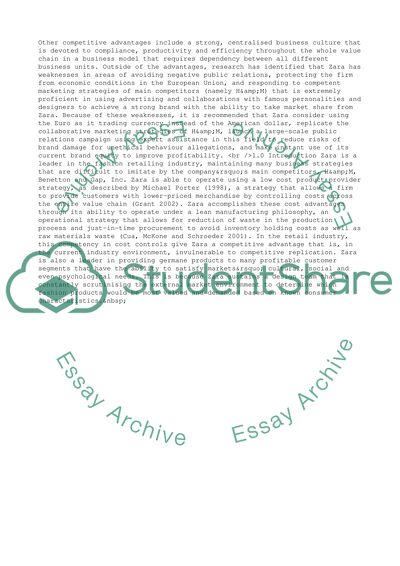Cite this document
(“Strategic Analysis Of Fast Fashion Company: Zara Essay”, n.d.)
Retrieved from https://studentshare.org/business/1404383-case-study-report
Retrieved from https://studentshare.org/business/1404383-case-study-report
(Strategic Analysis Of Fast Fashion Company: Zara Essay)
https://studentshare.org/business/1404383-case-study-report.
https://studentshare.org/business/1404383-case-study-report.
“Strategic Analysis Of Fast Fashion Company: Zara Essay”, n.d. https://studentshare.org/business/1404383-case-study-report.


